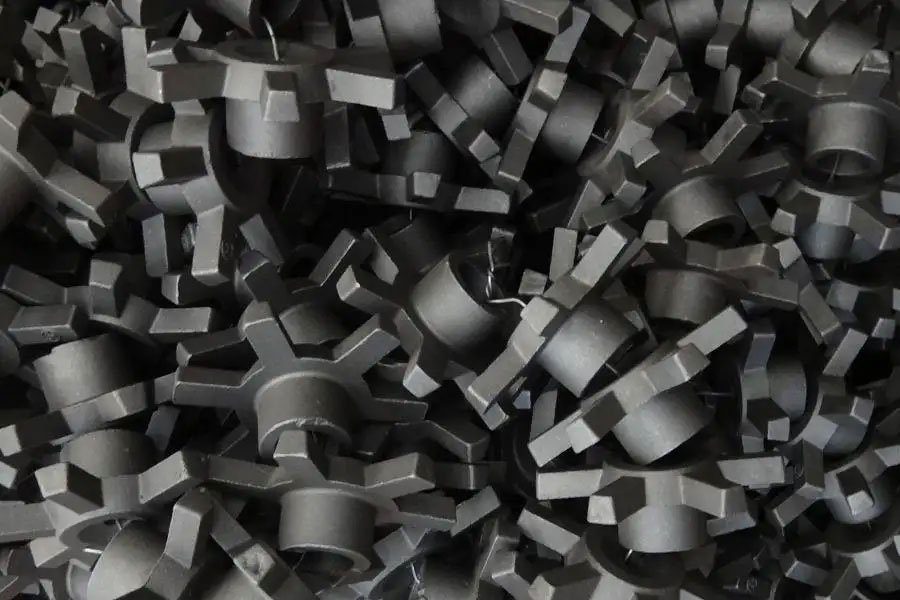Investment casting has the advantages of high dimensional accuracy and good surface quality. It is an advanced process with little and no cutting that is widely used. Simply put, it is made of fusible materials to make fusible models. It saves machine tool equipment and processing time, and also greatly saves metal raw materials. Therefore, investment casting is a widely used casting method in the casting field. This casting method effectively reduces costs and improves the competitiveness of foundry enterprises. One of the most important steps in investment casting is casting, so what are the common casting methods for investment casting?
1. Crystallization under pressure
Put the shell in the pressure tank for pouring. After the end, the pressure tank is closed immediately, and high-pressure air or inert gas is introduced into the tank to solidify the casting under pressure to increase the density of the casting.
2. Vacuum suction casting
Put the mold shell in the vacuum casting box, and suck the gas in the mold cavity through the tiny pores in the mold shell, so that the liquid metal can better fill the mold cavity, copy the shape of the mold cavity, improve the casting accuracy, prevent pores, pouring Insufficient defects. This method is more common abroad.
3. Directional crystallization
Some investment castings such as turbine blades, magnetic steel, etc., if their crystalline structure is columnar crystals arranged in a certain direction, their working performance can be greatly improved, so the directional crystallization technology of investment casting is rapidly obtained. develop.
4. Thermal gravity casting
This is the most widely used casting form, that is, after the shell is taken out from the roasting furnace, it is cast at a high temperature. At this time, the metal cools slowly in the mold shell, and the mold can be filled with high fluidity, so the casting can well replicate the shape of the cavity and improve the accuracy of the casting. However, the slow cooling of the casting in the hot mold will cause coarse grains, which reduces the mechanical properties of the casting. When casting carbon steel castings, the surface of the casting that cools more slowly is also prone to oxidation and decarburization, which reduces the surface hardness, finish and dimensional accuracy of the casting.
The pouring of investment casting is a strict step. Different pouring methods have different characteristics. Therefore, in the process of investment casting, a suitable pouring method should be selected to cast a good melting tool.

